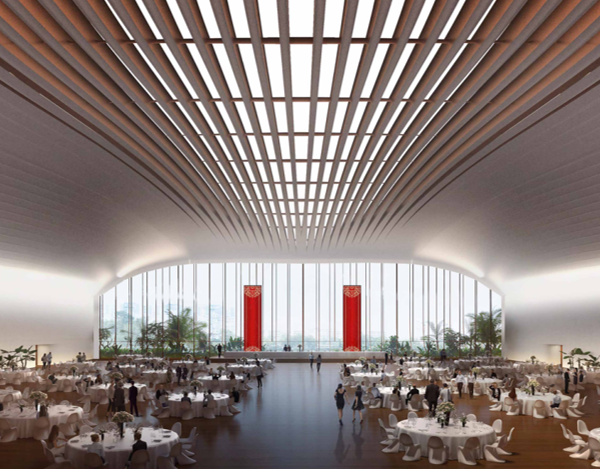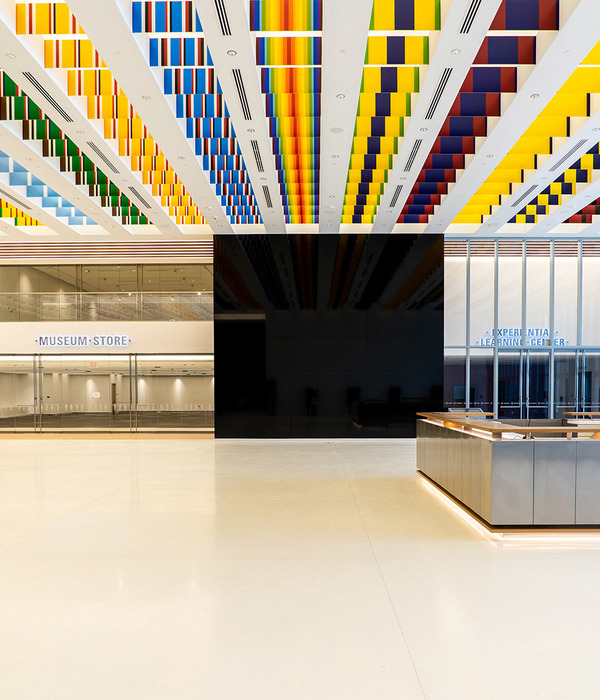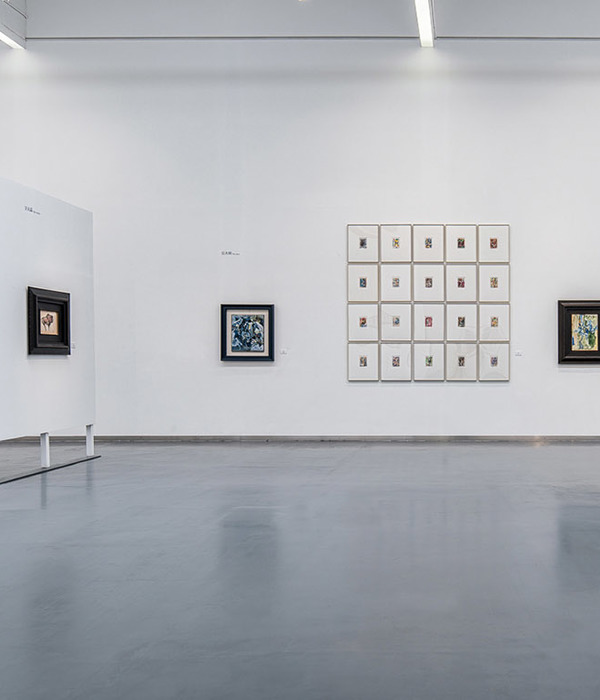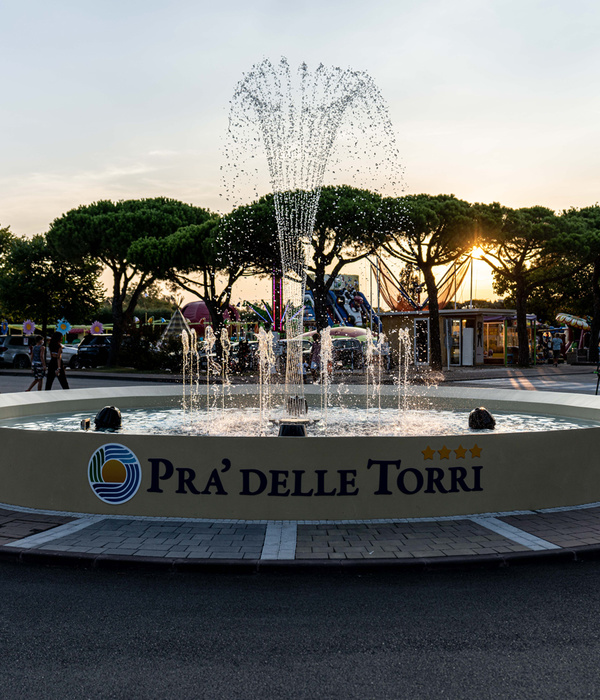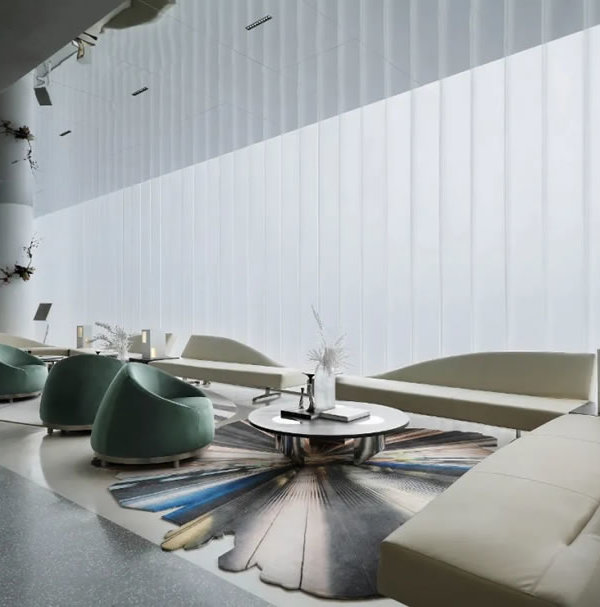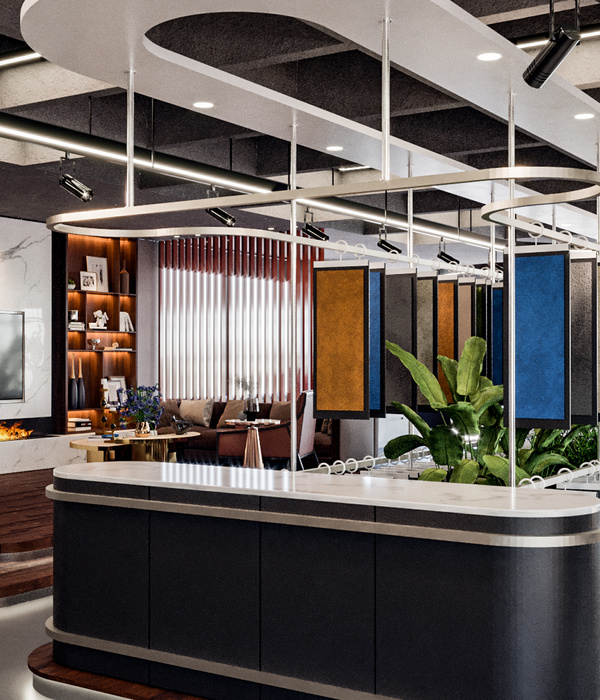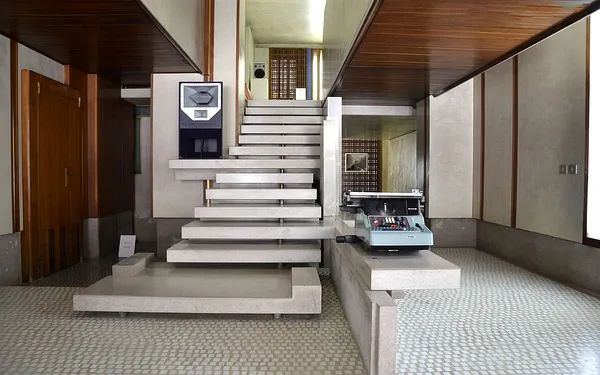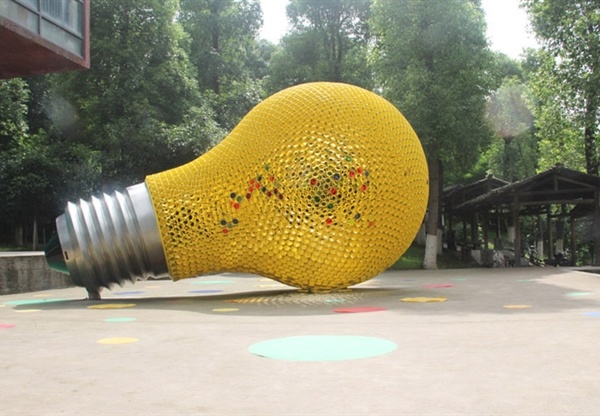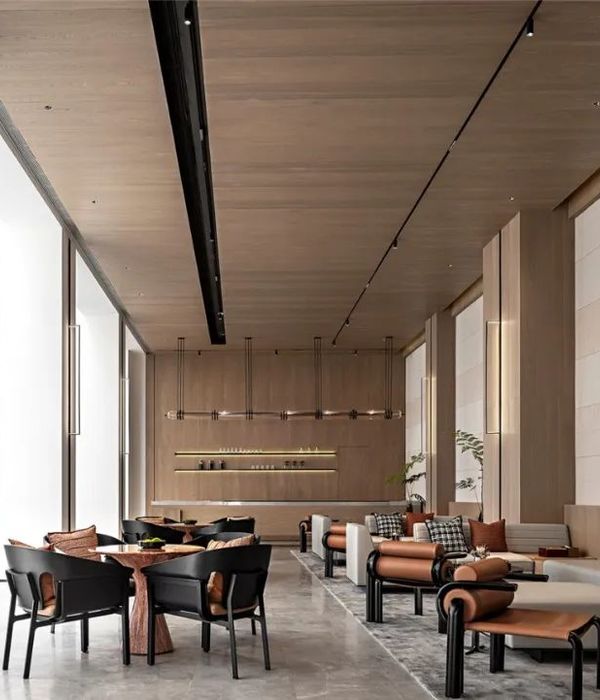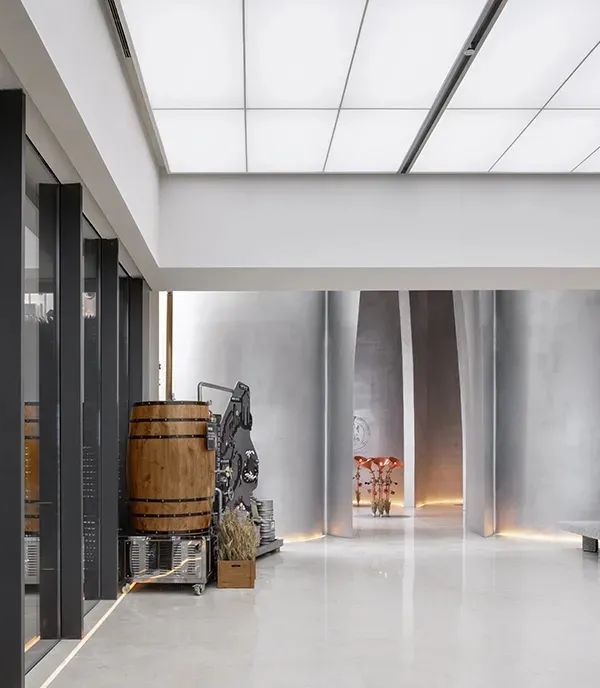Farsh Film Studio / ZAV Architects
Architects:ZAV Architects
Area:356m²
Year:2016
Photographs:Behnam Sadighi,Soroush Majidi
Lead Architects:Mohammadreza Ghodousi, Fateme Rezaei
Construction:ZAV Architects, Khalil Farshbaf
Design Team:Sarvenaz Yasari, Golnaz Khosravani, Sara Jafari
Graphic & Illustration:Yeganeh Ghezelloo, Negar Monzavian, Niloufar DavoudianFar
Supervision:Fateme Rezaei, Mehdi Mahoutian
Client:Morteza Farshbaf
Sturcture Engineer:Behrang Baniadam
Construction Assistant:Moshfegh Shafiee, Ali Tahanian
Electrical And Mechanical:Reza Sarlak
City:Tehran
Country:Iran
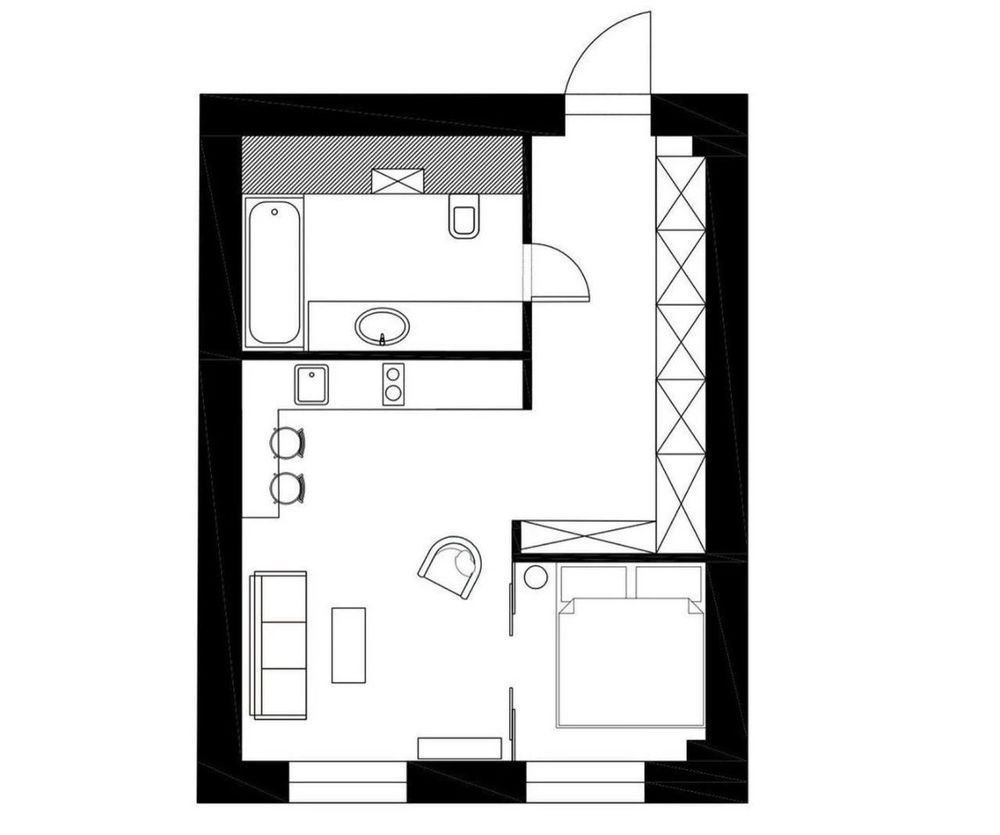
Text description provided by the architects. Farsh Film Studio is the result of the adaptive reuse of a private multiple-story house belonging to Gholamali Beski, into a safe haven for cinephiles in the buzzing heart of Tehran. Gholamali Beski invested his life in the preservation of Iran's natural resources, and his way of life informed the new life of this building. The adaptation strategy was to reverse the building into its primary construction look by subtracting all the avoidable elements.
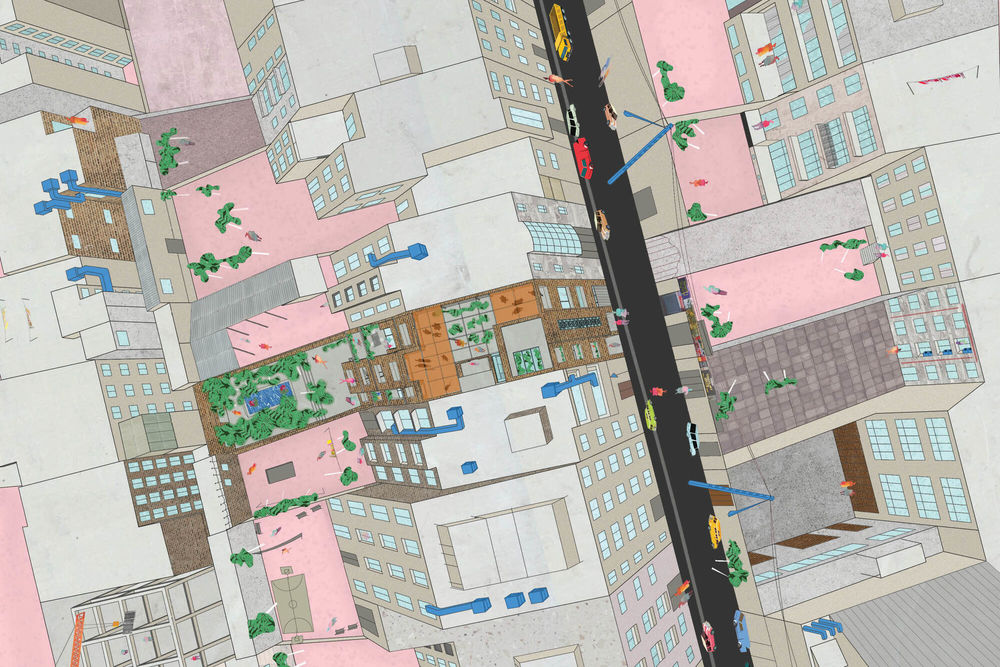
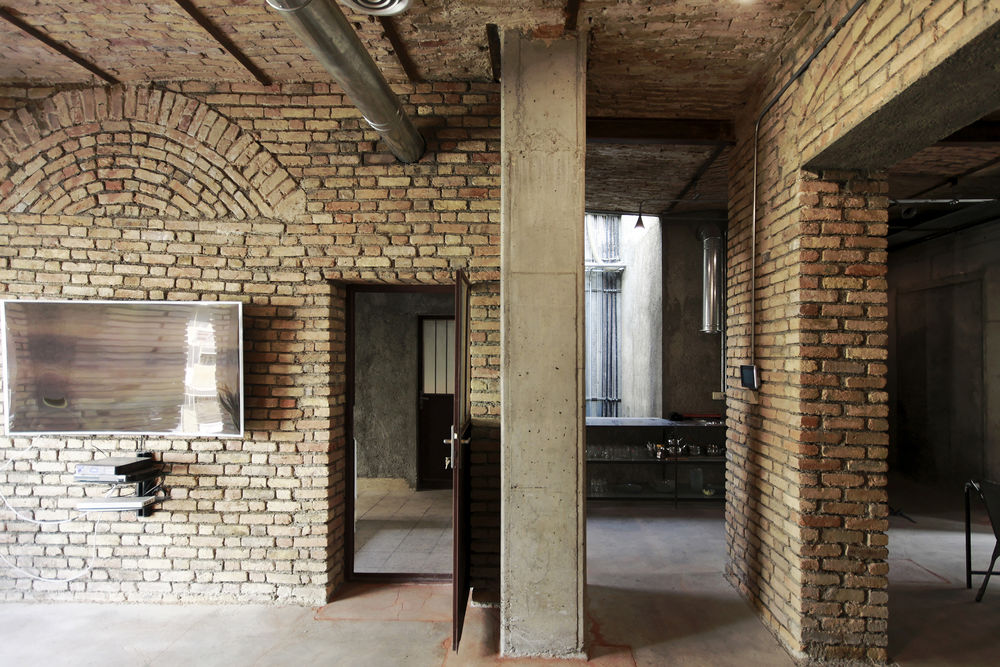
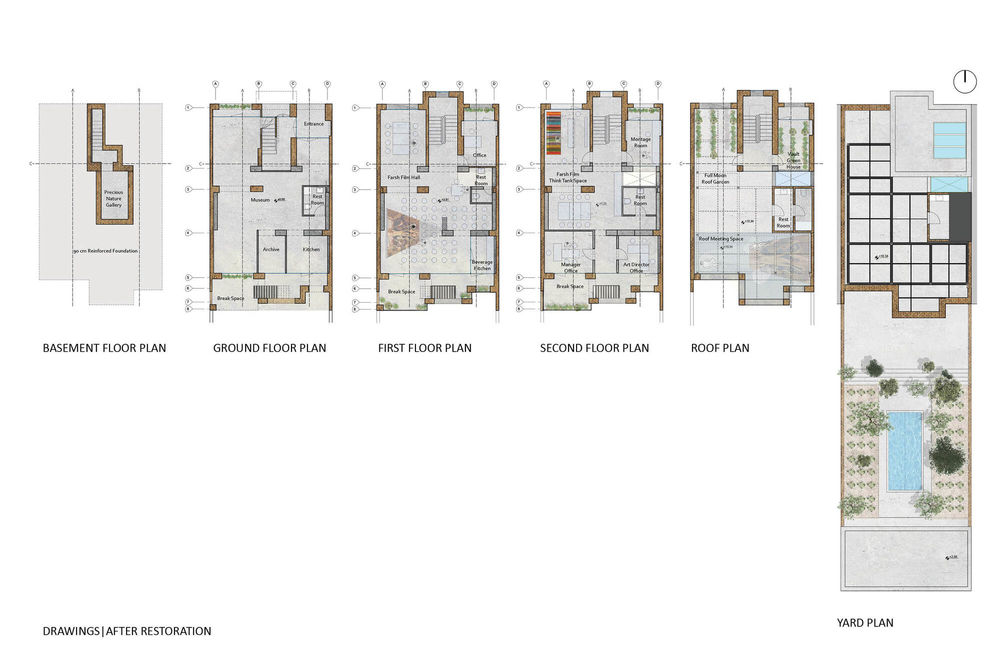
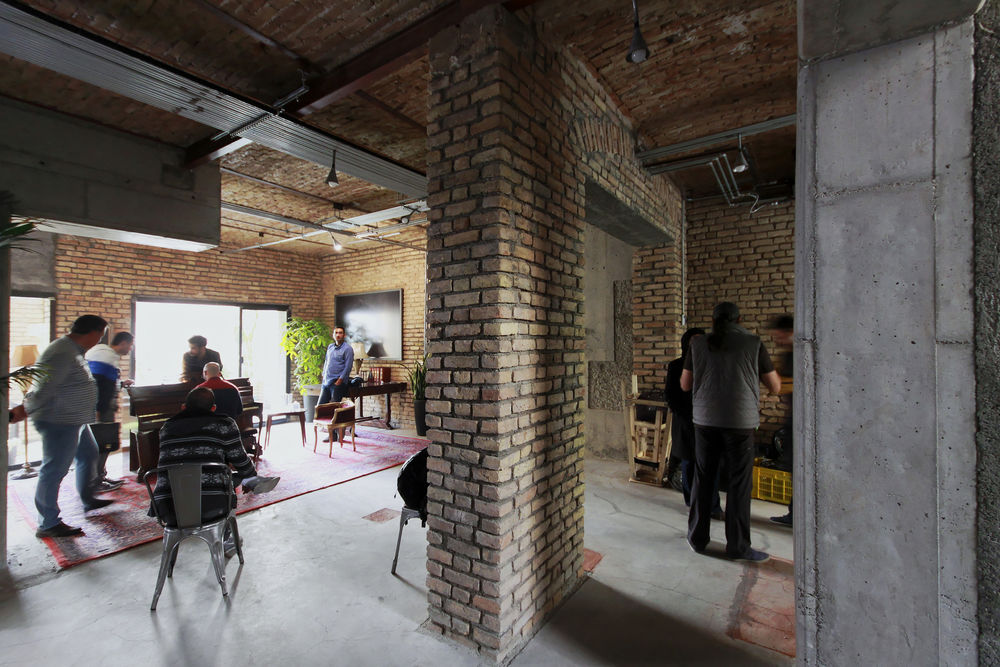
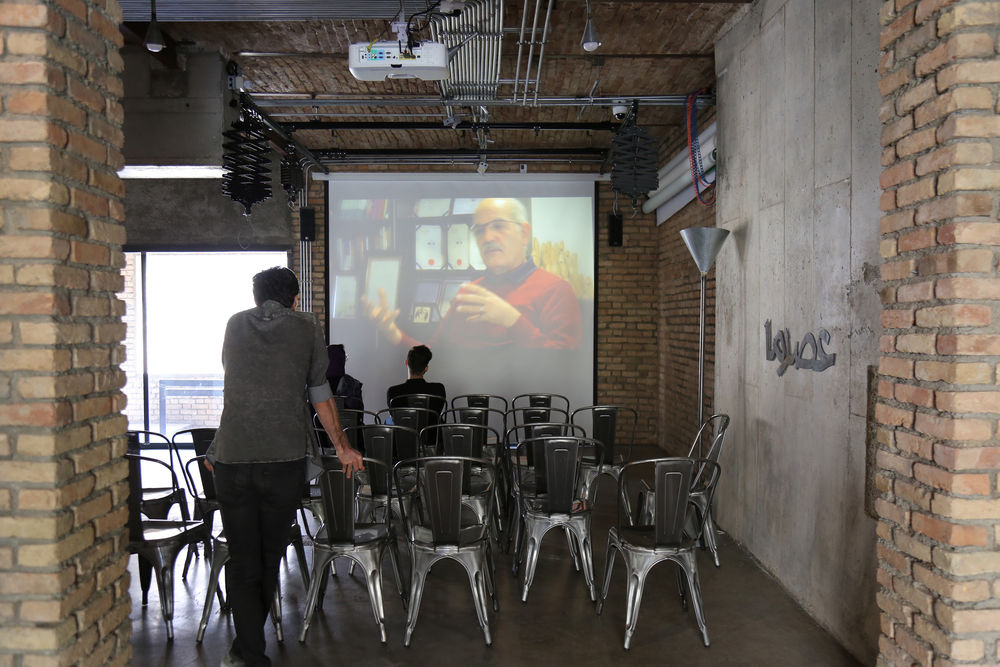
New necessary additions were made in a "brutal" manner, following the two main concepts of "offset" and "regimes": Offset: the project tries to preserve the image and fabric of the city to contribute to urban resilience. The urban borderline of the building is preserved, and an inward offset has created a threshold, a buffer zone embracing the building like a cocoon. Regimes: design strategies for thoughtful consumption of resources are translated into a series of orders in design, material condition, and modification.
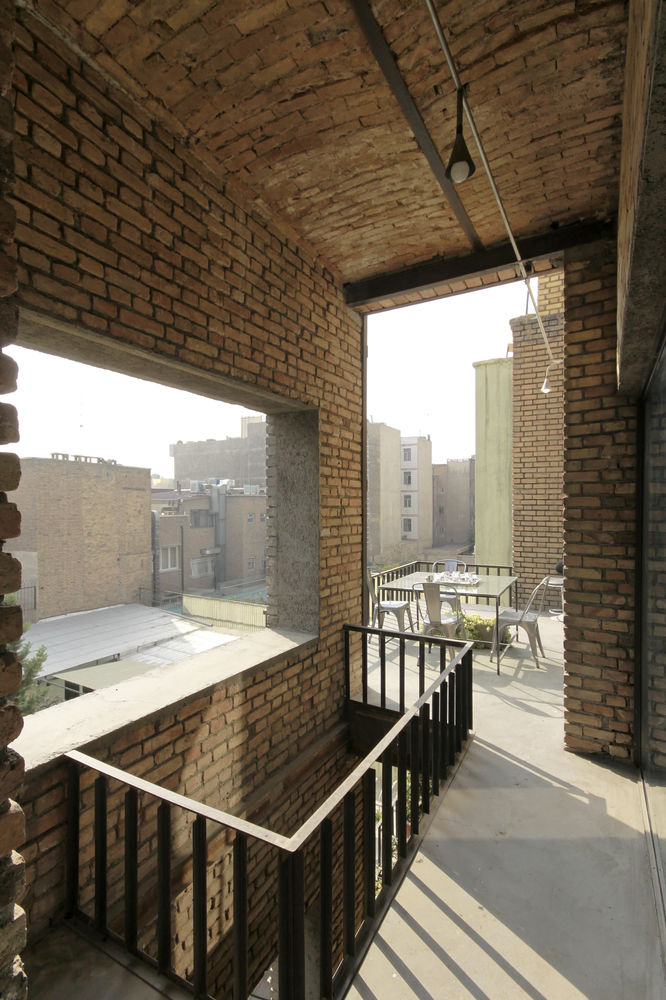
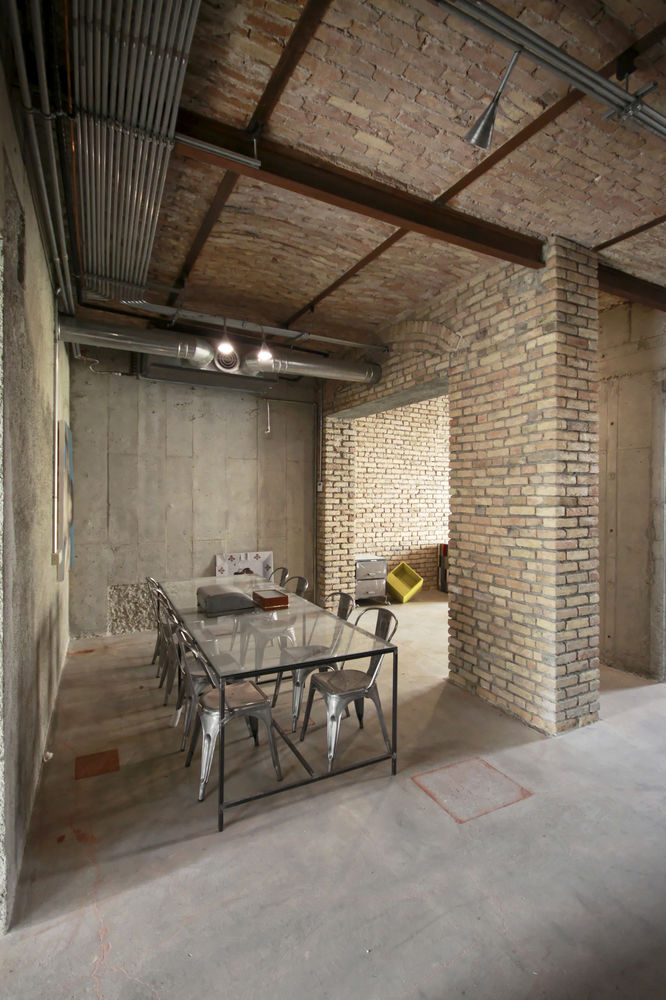
Design - The design is conceived as willful interaction with the existing condition of the building and its reinforcement while distancing itself from appealing spatial interventions so that aesthetics becomes a by-product of decision-making.
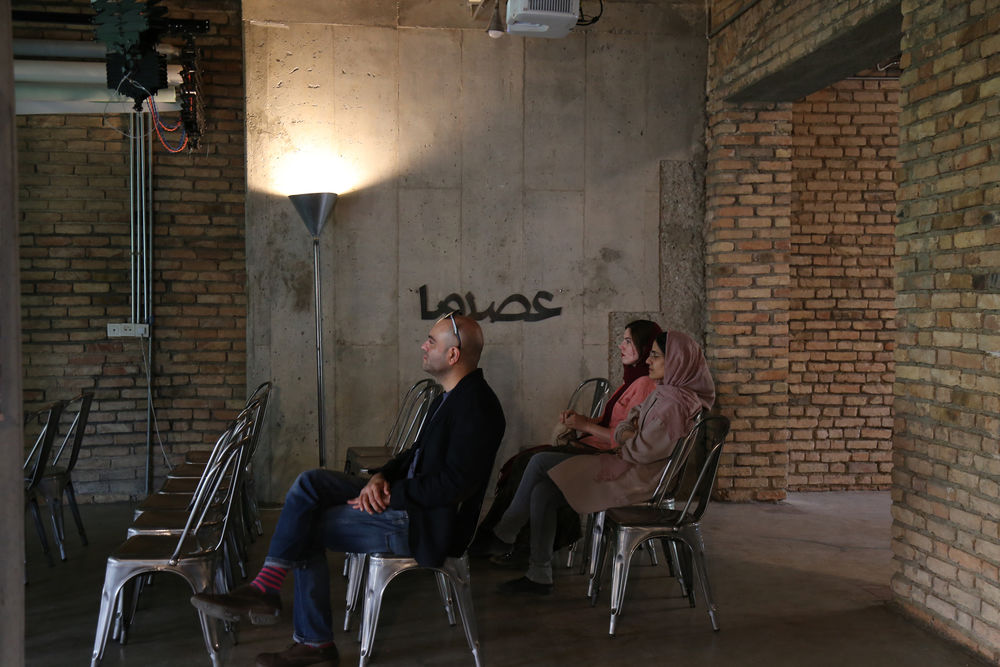
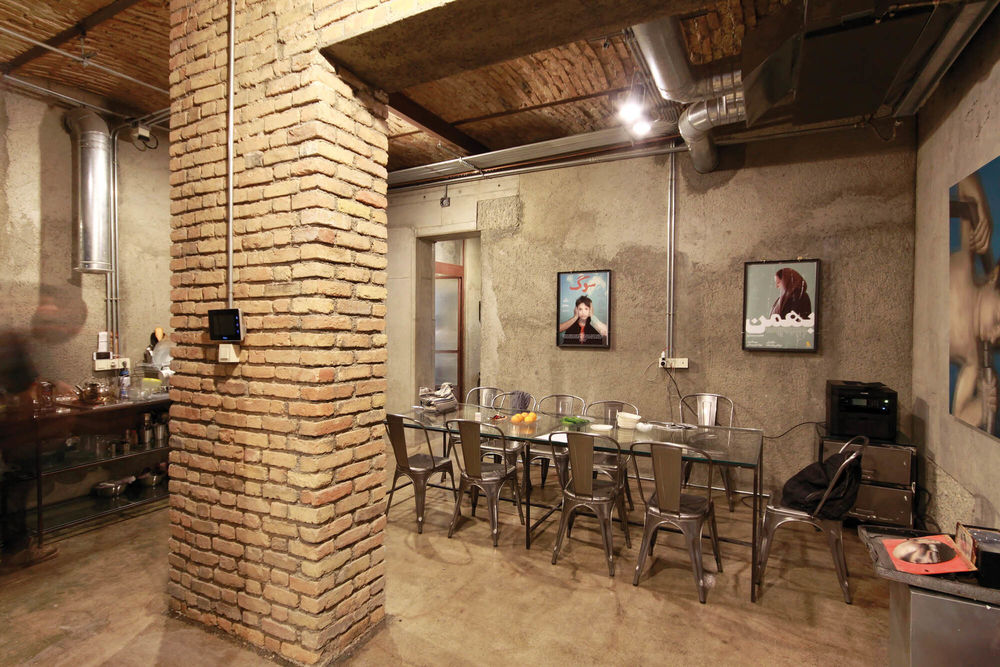
Material condition - No new material was added to the palette of existing materials consisting of brick, cement, raw metal, and glass. For supplying materials and architectural elements, the recycling site of Tehran was detected, studied, and engaged. No flaw is covered by extra aesthetic layers in this process.
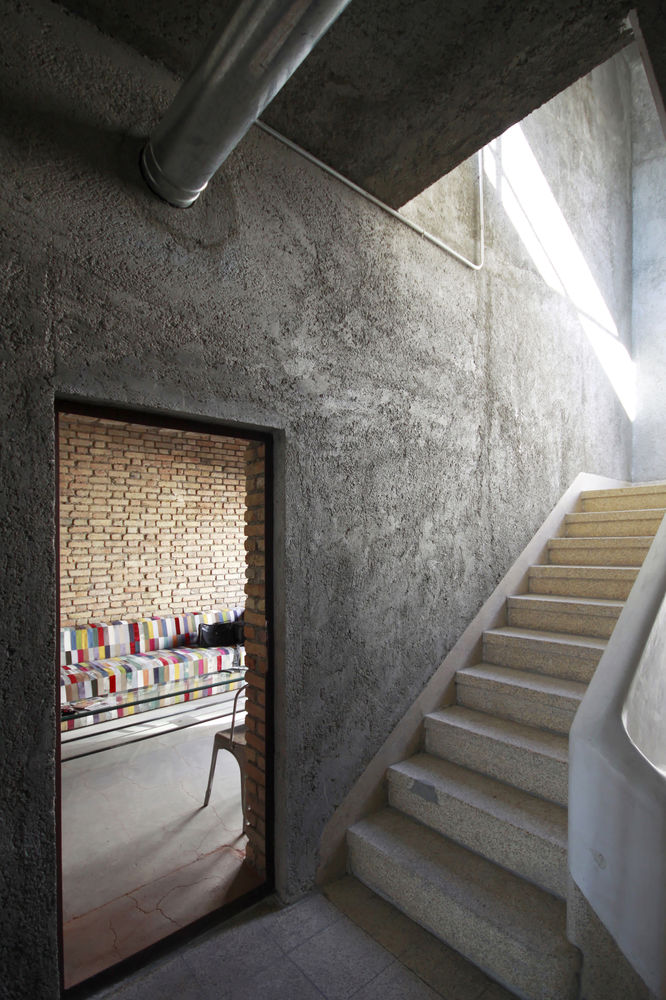
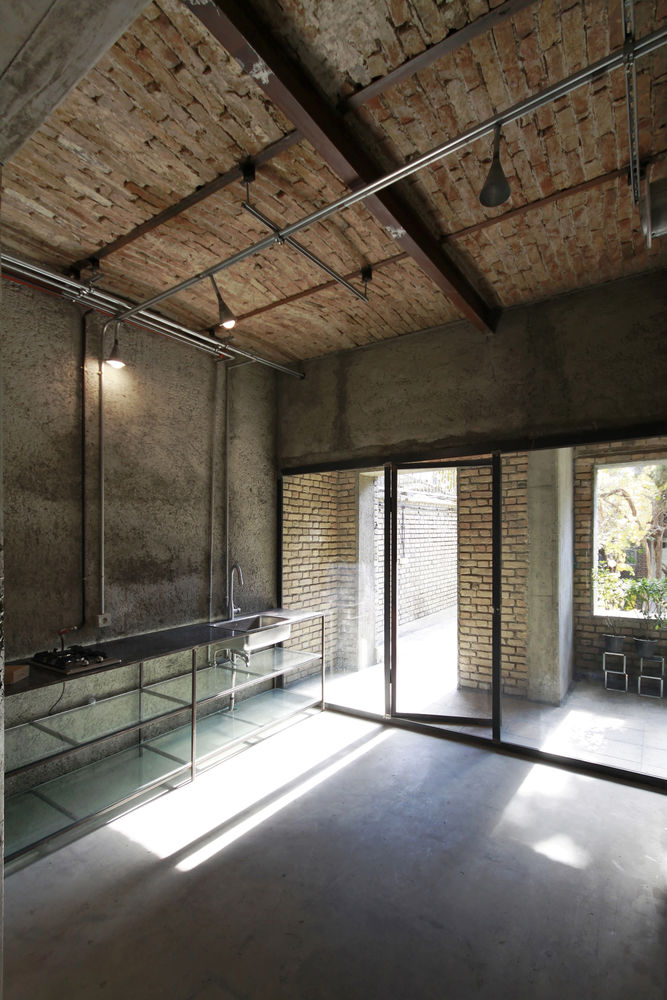

Modification - The modifications that result in adding layers or elements are limited by orders too. Walls are used for reinforcement only. The old structure of the ceiling is kept while the flooring follows the inherent reinforcement condition. Other architectural elements are kept exposed. The 3-floor levels of Farshfilm have independent access to the yard, each of them hosting different activities: a public café-gallery on the ground floor with direct access to the street, an educational film institute called Nimkat on the first level, and Farsh Film Studio on the upper floor.
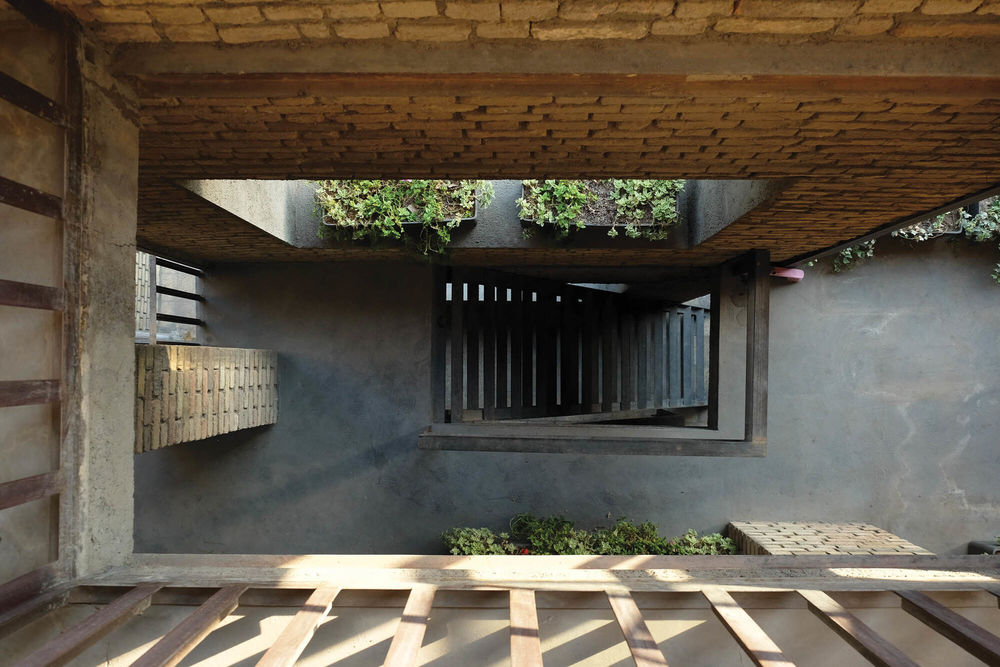
Project gallery


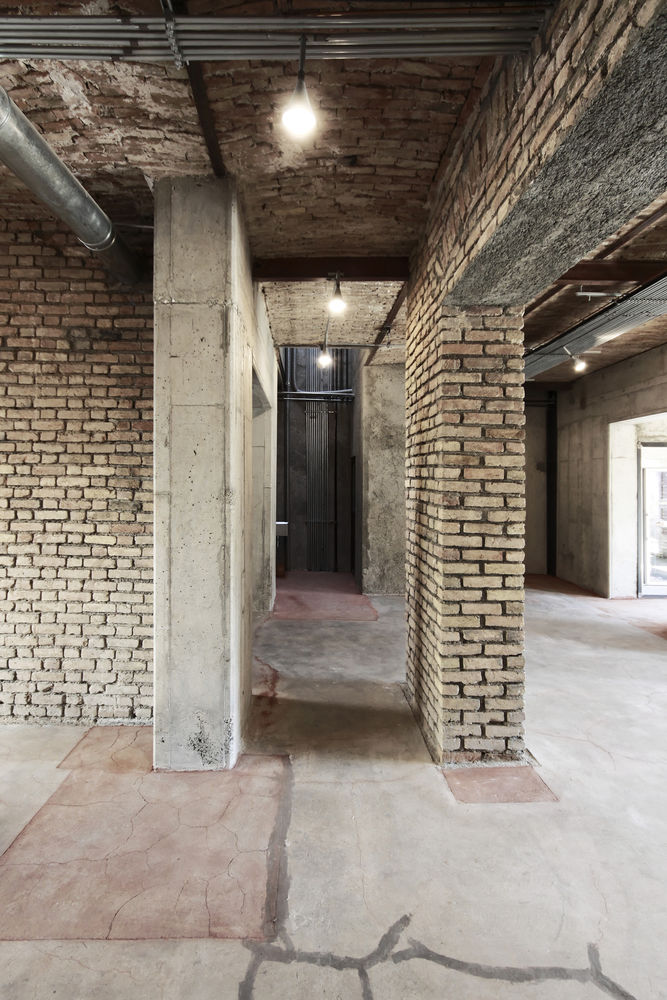
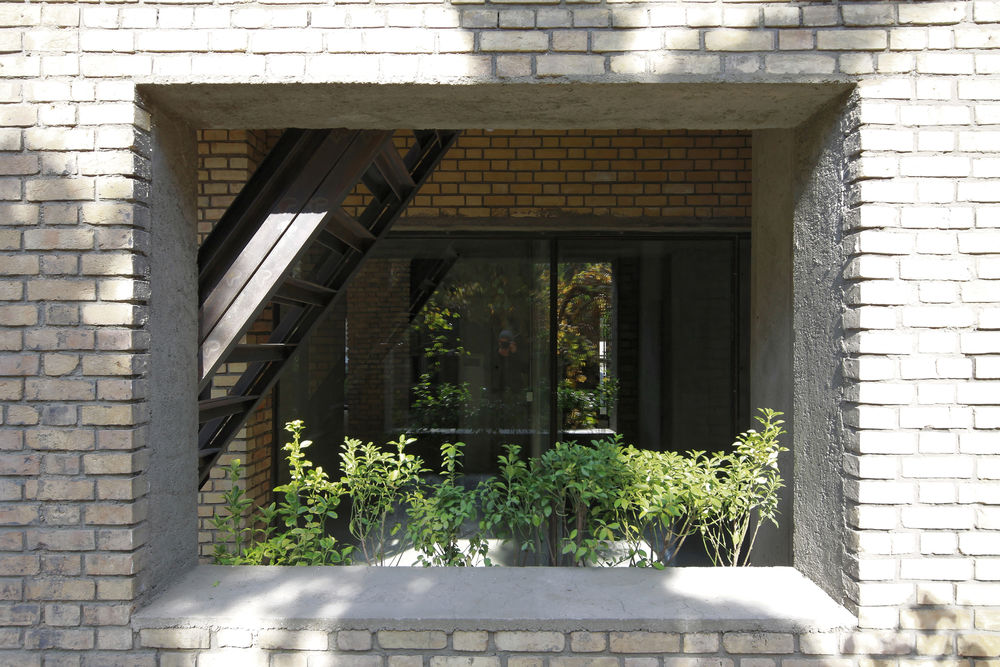
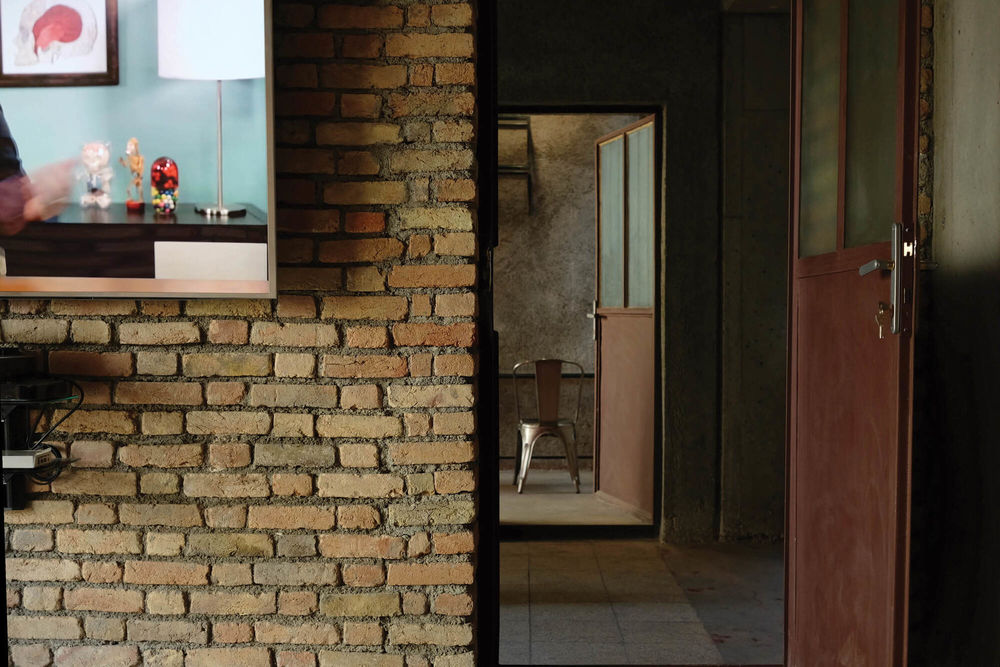
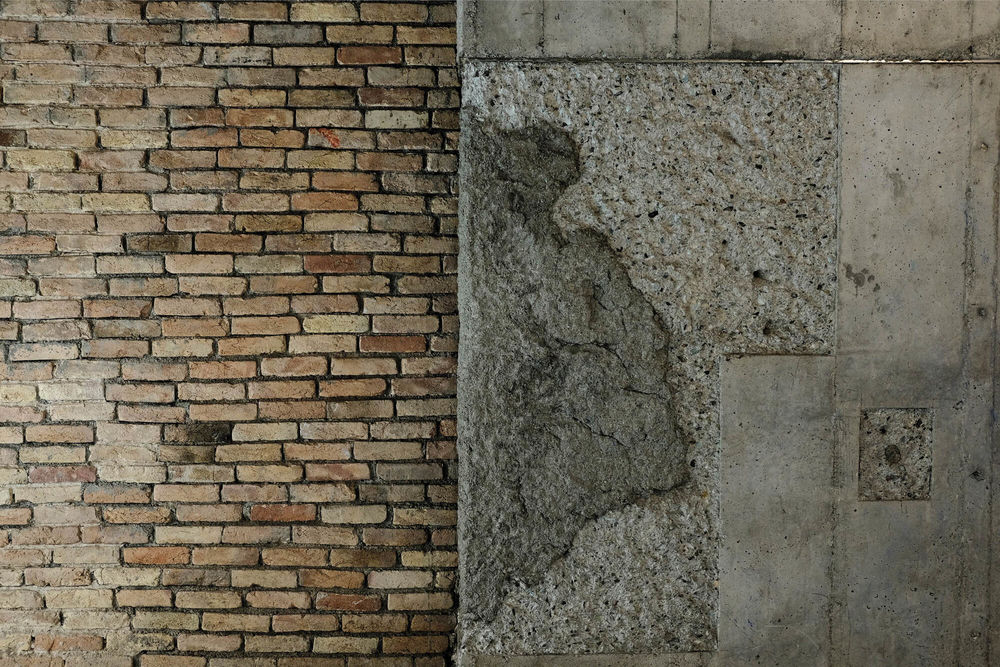
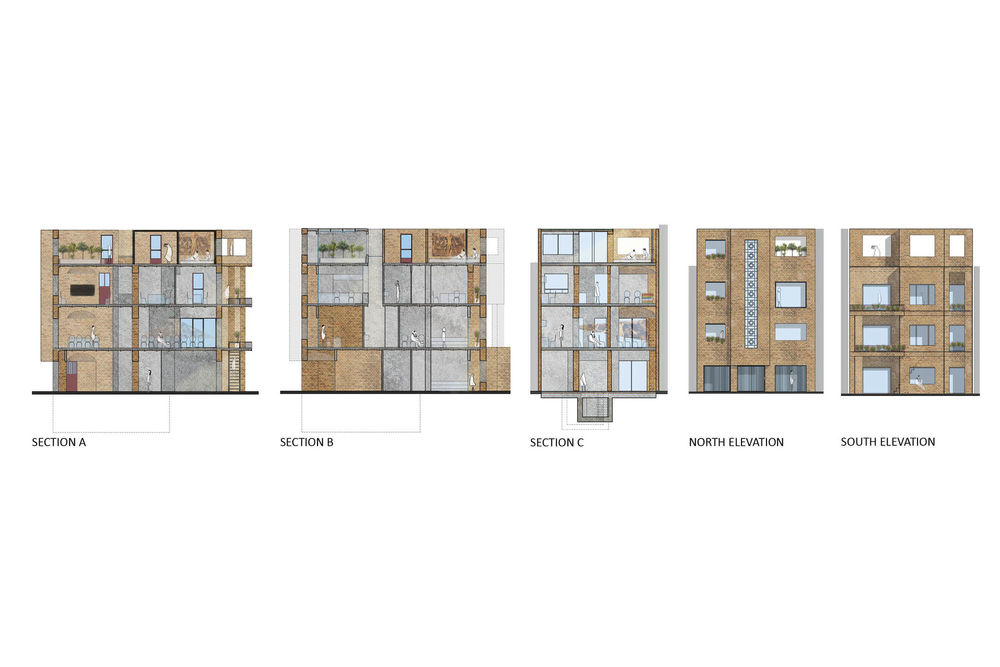
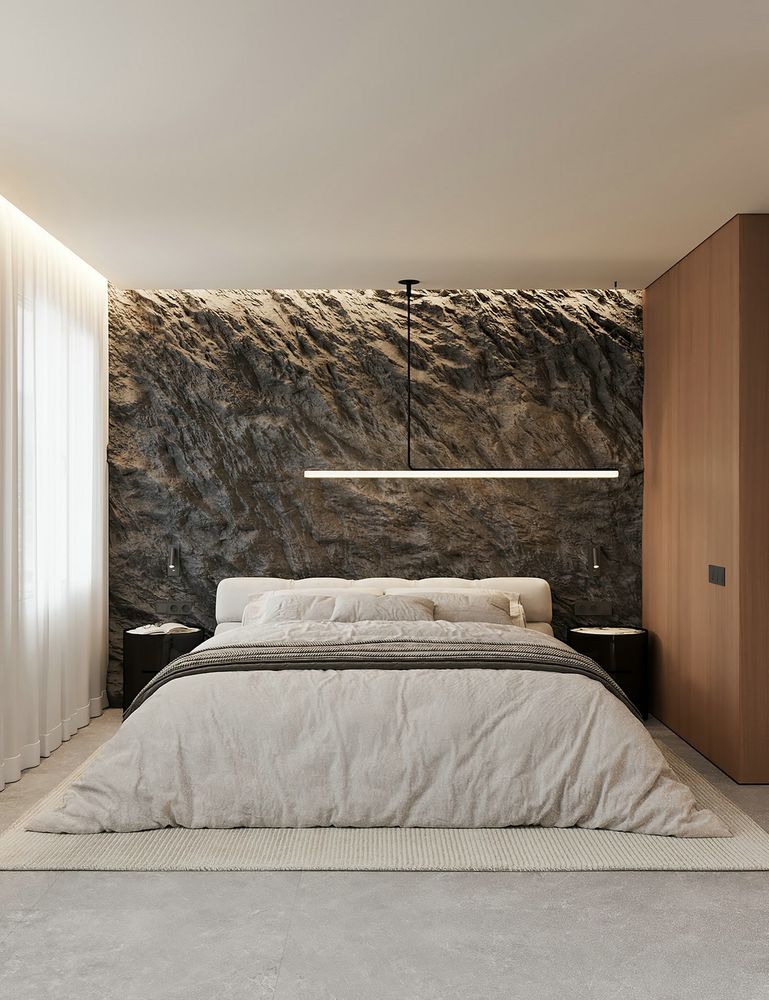
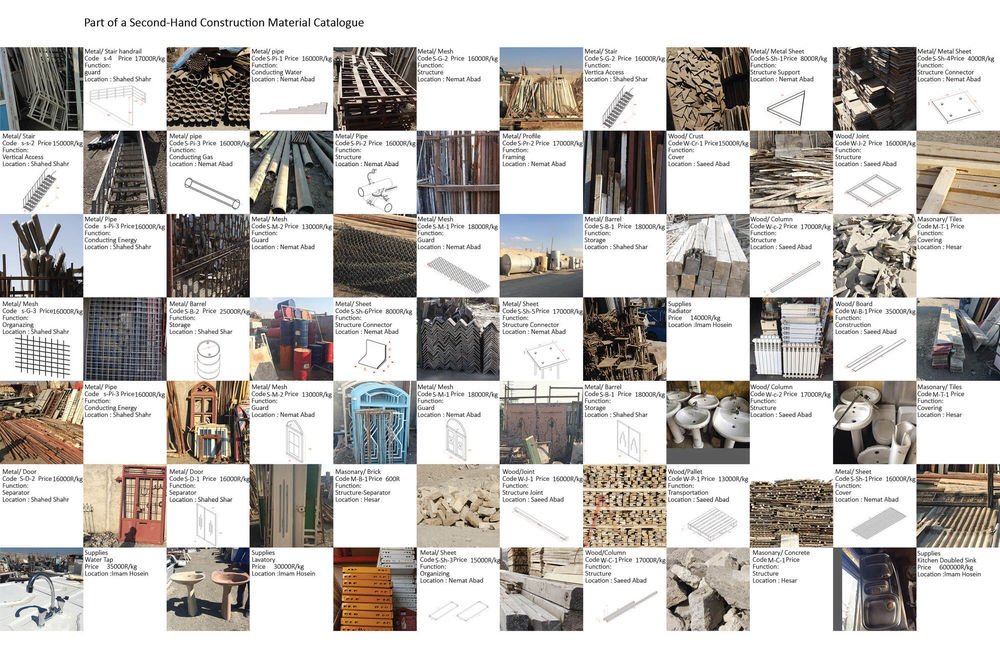


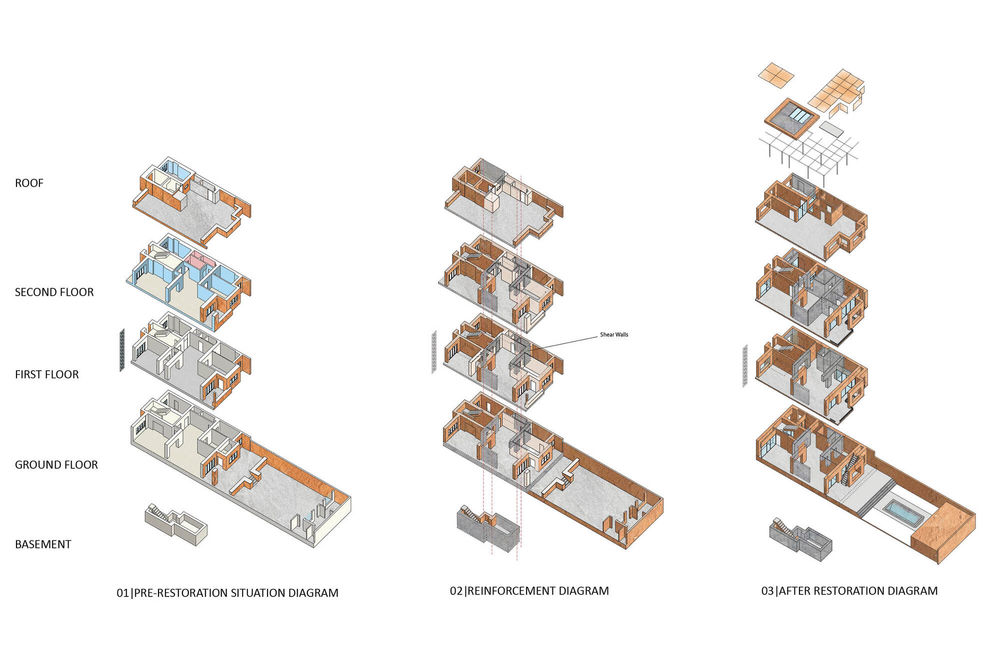
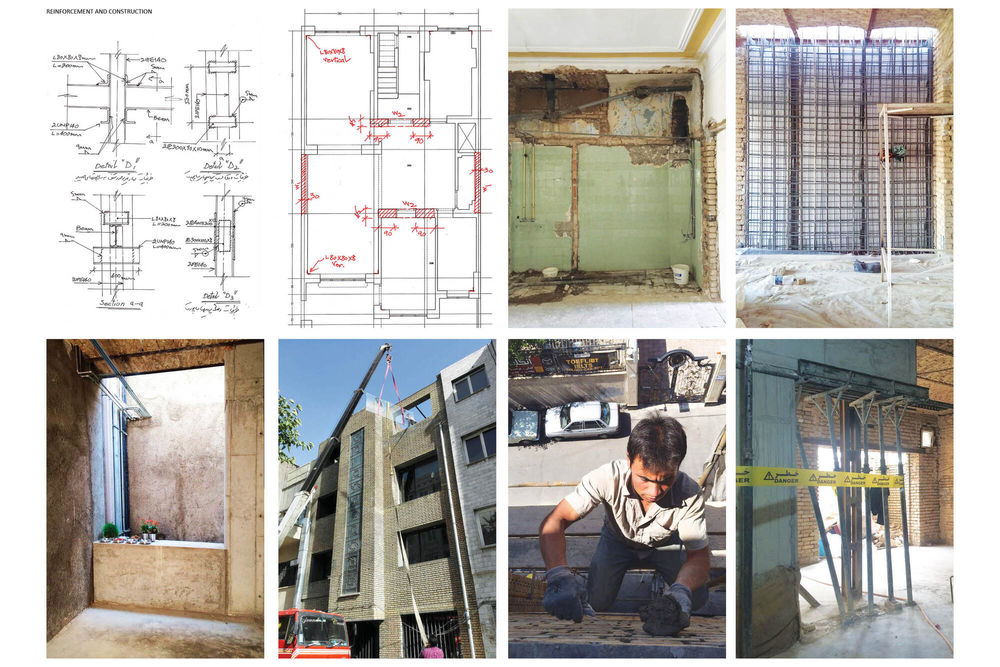
Project location
Address:Tehran, Iran

